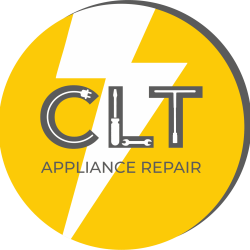Expert Guide to Fixing Your | Frozen Air Conditioner
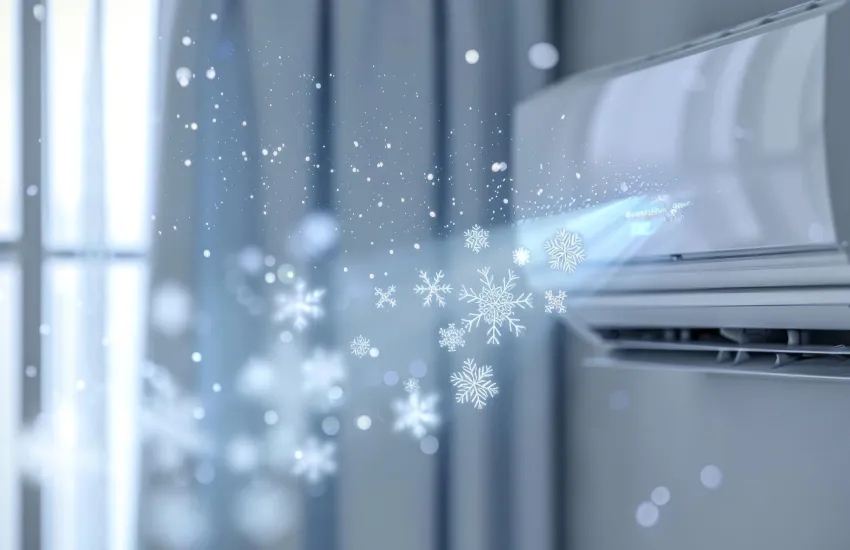
Discover how to effectively diagnose and fix a frozen air conditioner with our expert guide. Learn to identify the signs, safely thaw your unit, and address common causes like dirty filters and clogged drain lines. Follow our step-by-step instructions to get your AC running smoothly again and prevent future freezing issues.
Expert Guide to Fixing Your Frozen Air Conditioner
Is your home feeling more uncomfortably cold than the regular cool you like? You might be dealing with a frozen air conditioner.
We’re here to guide you through the challenges of fixing your frozen AC. Let’s dive in and warm up your home in no time.
Your fridge is a kitchen superstar as it keeps all your food fresh and drinks cold.
But does the fridge feel warm when you open it?
Is there water all over the floor?
Fridge issues are the worst!
Identifying a Frozen AC: The Telltale Signs
Before looking into something else, let’s make sure we’re dealing with a genuine frozen AC. Look out for these crystal-clear signs:
- A glistening coat of ice on evaporator coils or refrigerant lines
- Warm air sneaking out of your vents
- A mini-pool forming around your indoor unit
- Your AC refusing to turn on
Immediate Actions You Can Take
First things first, let’s prevent the next ice age from happening in your living room:
- Turn off your AC at the thermostat
- Cut power at the circuit breaker
Now, patience becomes your best friend. Allow your AC to thaw completely, which can take anywhere from a quick hour to a full day, depending on how bad the situation is.
Want to speed things up? Try these tricks:
- Run the fan only (cooling function off)
- Use a hairdryer on low heat (be careful around electrical parts!)
Changing Out The Filter
A dirty filter is often the sneaky culprit behind a frozen AC. Once your unit’s thawed out:
- Locate the air filter (usually in the return air duct or indoor air handler)
- Remove and inspect it
- If it’s washable, you know what to do; if not, treat it to a replacement
- Reinstall it properly – no slacking!
Evaporator Coil Care
- Find the evaporator coils (typically in the indoor unit)
- Gently brush away dirt and debris
- Use a coil cleaner spray designed for ACs (no household cleaners, please!)
- Let the coils dry completely before firing up your AC
Condensate Drain Line Clearing
A clogged condensate drain can cause a watery backup and freeze. Let’s clear it out:
- Locate the drain line (usually a PVC pipe near the outdoor unit)
- Use a wet/dry vacuum to suck out any blockages
- Flush the line with a warm water and vinegar mixture
Refrigerant Level Check
Low refrigerant levels can cause your evaporator coils to turn into ice rinks. This is where the pros come in:
- Contact a licensed HVAC technician to check and recharge refrigerant if needed
- They’ll also look for any leaks in your system
Blower Fan Inspection: Keeping the Air Flowing
A malfunctioning blower fan can reduce airflow. If you notice fan issues:
- Listen for unusual noises (your AC shouldn’t sound like a struggling robot)
- Visually inspect the fan blades for damage
- If problems persist, it’s time to call in the professional technicians
System Restart: Bringing Your AC Back to Life
After addressing potential issues and ensuring your unit is ice-free:
- Turn the AC back on at the circuit breaker
- Set the thermostat to “cool” and your desired temperature
- Monitor the system like a hawk watching its prey
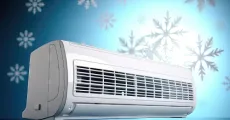
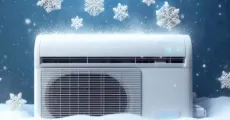

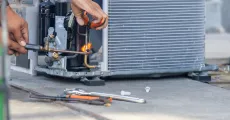
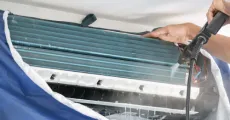



When to Call The Professionals
If these steps don’t solve your issue, you can always call for help. CLT Appliance Repair specializes in tackling even the most challenging AC problems. Our team of skilled technicians can diagnose and fix complex issues, ensuring your home stays cool and comfortable all summer long.
Contact CLT Appliance for air conditioner repair charlotte nc today for fast, reliable service that will have your AC running smoothly in no time!
Don't let a malfunctioning Air conditioner disrupt your daily life. Contact CLT Appliance Repair today at 704-606-9043 to schedule your Air conditioner repair service.
We'll have your fridge back to optimal performance in no time!
- Air Conditioner Not Cooling
- Air Conditioner Leaking Water
- Air Conditioner Making Noise
- Air Conditioner Not Turning On
- Air Conditioner Frozen
- Air Conditioner Sensor Issues
- Air Conditioner Electrical Issues
- Air Conditioner Compressor Problems
- Air Conditioner Thermostat Issues
- Tips for maintaining an air conditioner.
FAQs
The thawing process can take anywhere from 1 to 24 hours, depending on the extent of ice buildup. Running the fan without the cooling function can help speed up the process.
It’s not recommended to use hot water directly on your AC unit. Instead, allow it to thaw naturally or use a hair dryer on low heat, being cautious around electrical components.
Paradoxically, ACs can freeze even in hot weather due to issues like restricted airflow, low refrigerant levels, or dirty evaporator coils. These problems cause the evaporator coil to drop below-freezing temperatures, leading to ice formation.
Clean or replace your AC filter every 1-3 months, depending on usage and environmental factors. Regular filter maintenance is crucial for preventing airflow issues that can lead to freezing.
If addressed promptly, a frozen AC typically won’t cause permanent damage. However, continuing to run a frozen AC can lead to compressor damage, which is expensive to repair. Always turn off your AC if you suspect it’s frozen.
Appliance Repair Indian Land SC | Appliance Repair Indian Trail NC | Appliance Repair Pineville NC | Appliance Repair Rock Hill SC | Appliance Repair Belmont NC | Appliance Repair Matthews NC | Appliance Repair Lancaster SC | Appliance Repair Cornelius NC | Appliance Repair Fort Mill SC | Appliance Repair Concord NC | Appliance Repair Denver NC | Appliance Repair Monroe NC | Appliance Repair Mooresville NC | Appliance Repair Harrisburg NC | Appliance Repair Lake Wylie SC | Appliance Repair Huntersville NC | Appliance Repair Kannapolis NC | Appliance Repair Mint Hill NC | Appliance Repair Waxhaw NC | Appliance Repair Troutman NC | Appliance Repair Davidson NC | Appliance Repair Gastonia NC | Appliance Repair Charlotte NC

